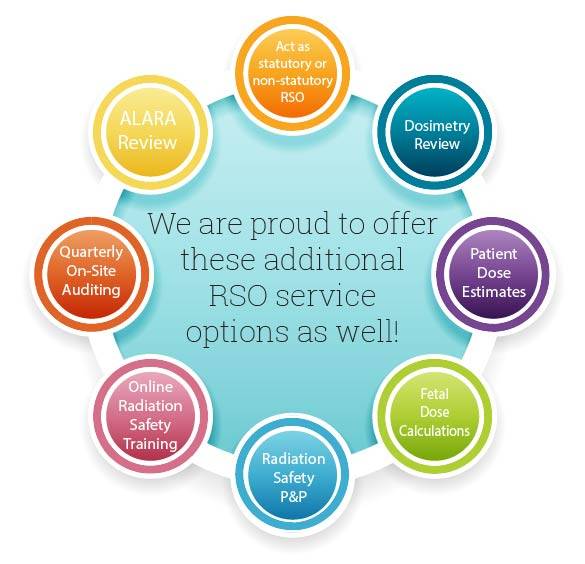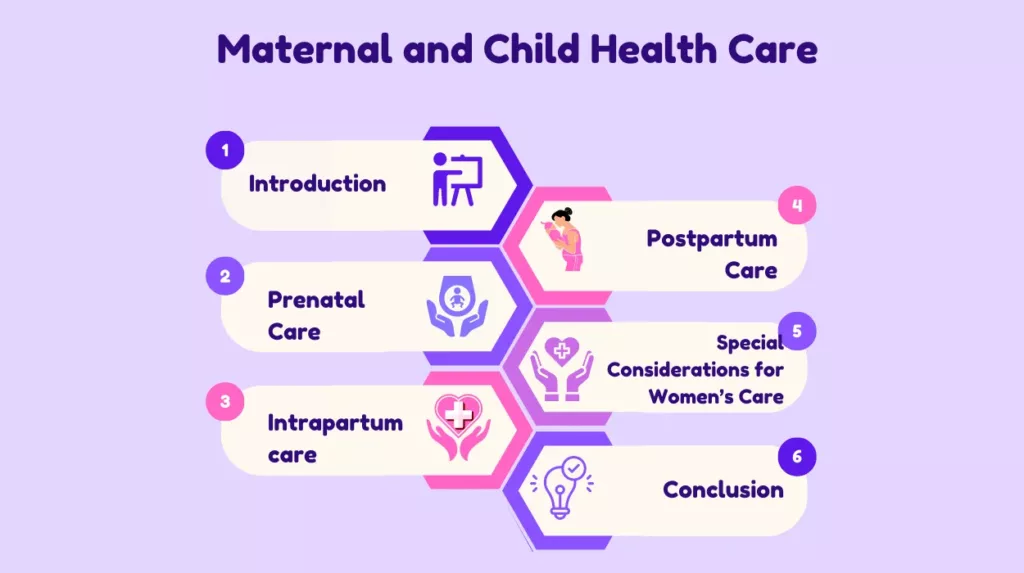Implementing Materiovigilance program of india in Hospitals: Best Practices and Benefits
The healthcare landscape is constantly evolving, with medical devices playing a pivotal role in diagnosing, treating, and managing various health conditions. However, the increasing reliance on medical devices also brings the need for rigorous monitoring to ensure their safety and efficacy. This is where the Materiovigilance Programme of India (MvPI) steps in, providing a systematic framework to monitor and address adverse events related to medical devices. Implementing materiovigilance in hospitals is not just a regulatory requirement but a critical step toward improving patient safety and healthcare outcomes. In this blog, we will explore the best practices for implementing materiovigilance in hospitals and the significant benefits it offers.
What is Materiovigilance?
Materiovigilance refers to the systematic monitoring, reporting, and analysis of adverse events or risks associated with the use of medical devices. Launched in 2015, the Materiovigilance Programme of India (MvPI) aims to ensure the safety of medical devices by identifying and minimizing risks. The program operates under the Indian Pharmacopoeia Commission (IPC) and works in collaboration with healthcare institutions to enhance patient safety and device performance.
The Importance of Materiovigilance in Hospitals
Medical devices, ranging from simple syringes to complex surgical instruments, play an essential role in healthcare delivery. However, their malfunction or misuse can lead to adverse events, jeopardizing patient safety. Materiovigilance helps in:
- Identifying and mitigating risks associated with medical devices.
- Enhancing the quality and reliability of medical devices.
- Building trust among healthcare professionals and patients.
- Complying with national and international regulatory standards.
Best Practices for Implementing Materiovigilance in Hospitals
1. Establish a Dedicated Materiovigilance Team
A dedicated team comprising healthcare professionals, biomedical engineers, and quality assurance personnel is essential for effective materiovigilance. This team should:
- Monitor and report adverse events.
- Conduct regular training sessions on materiovigilance protocols.
- Liaise with the Materiovigilance Programme of India (MvPI) for guidance and support.
2. Develop Standard Operating Procedures (SOPs)
Hospitals should develop SOPs for identifying, reporting, and managing adverse events related to medical devices. These SOPs should be:
- Comprehensive and easy to follow.
- Regularly updated to align with regulatory changes.
- Communicated to all relevant stakeholders.
3. Encourage a Culture of Reporting
One of the challenges in implementing materiovigilance is underreporting of adverse events. To address this:
- Encourage healthcare professionals to report all incidents, regardless of severity.
- Implement anonymous reporting mechanisms to ensure confidentiality.
- Recognize and reward staff who actively participate in materiovigilance activities.
4. Leverage Technology
Technology can streamline the materiovigilance process by:
- Automating the collection and analysis of data.
- Integrating adverse event reporting systems with hospital management software.
- Providing real-time alerts for potential risks.
5. Conduct Regular Training and Awareness Programs
Training programs are crucial for building a robust materiovigilance framework. These programs should:
- Educate staff about the importance of materiovigilance.
- Train them on how to identify and report adverse events.
- Update them on the latest regulatory requirements and best practices.
6. Collaborate with the Materiovigilance Programme of India (MvPI)
Hospitals should actively collaborate with the MvPI by:
- Reporting adverse events through designated reporting centers.
- Participating in workshops and seminars organized by the MvPI.
- Providing feedback to improve the program’s efficacy.
Benefits of Implementing Materiovigilance in Hospitals
1. Enhanced Patient Safety
Materiovigilance helps in identifying and mitigating risks associated with medical devices, ensuring that patients receive safe and effective care.
2. Improved Healthcare Outcomes
By monitoring device performance and addressing issues promptly, hospitals can improve treatment outcomes and reduce complications.
3. Regulatory Compliance
Implementing materiovigilance ensures compliance with national and international regulatory standards, avoiding legal and financial repercussions.
4. Increased Trust Among Stakeholders
A robust materiovigilance system builds trust among healthcare professionals, patients, and regulatory bodies, enhancing the hospital’s reputation.
5. Cost Savings
Preventing adverse events and improving device performance can lead to significant cost savings by reducing the need for additional treatments and legal liabilities.
Challenges and Solutions
While implementing Materiovigilance program of india offers numerous benefits, hospitals may face challenges such as lack of awareness, resource constraints, and resistance to change. These challenges can be addressed by:
- Conducting regular training and awareness programs.
- Allocating dedicated resources for materiovigilance activities.
- Leveraging government support and incentives.
Conclusion
Implementing Materiovigilance program of india in hospitals is a critical step toward ensuring patient safety and enhancing the quality of healthcare. By following best practices such as establishing dedicated teams, developing SOPs, leveraging technology, and collaborating with the MvPI, hospitals can build a robust materiovigilance framework. The benefits—including improved patient outcomes, regulatory compliance, and cost savings—far outweigh the challenges, making materiovigilance an indispensable part of modern healthcare.











Leave a Reply